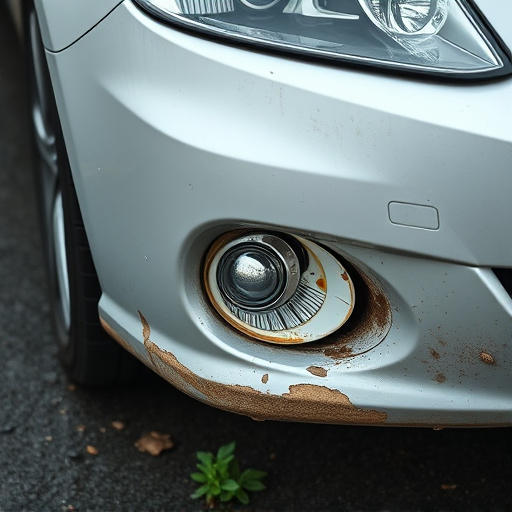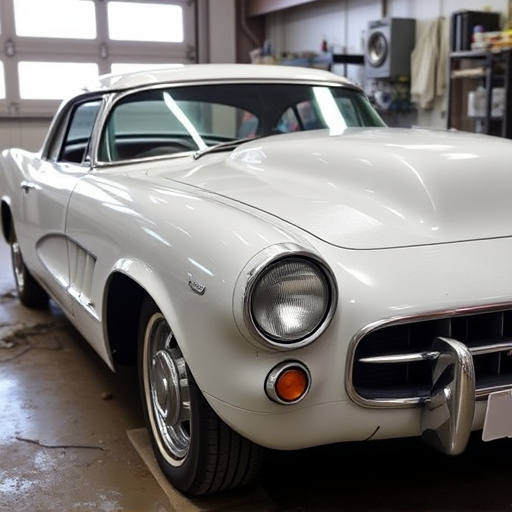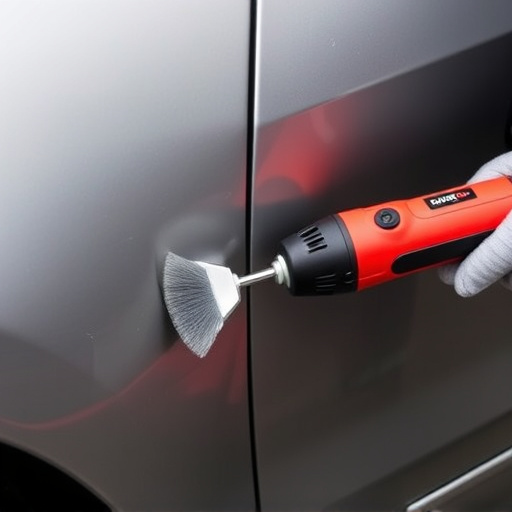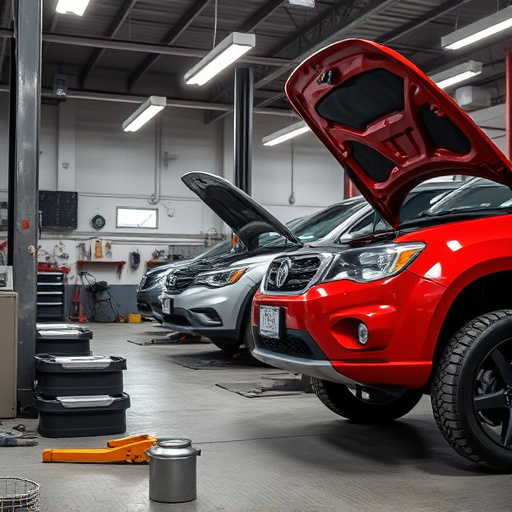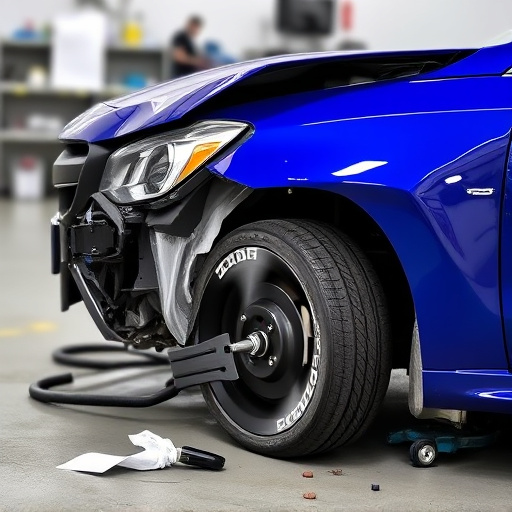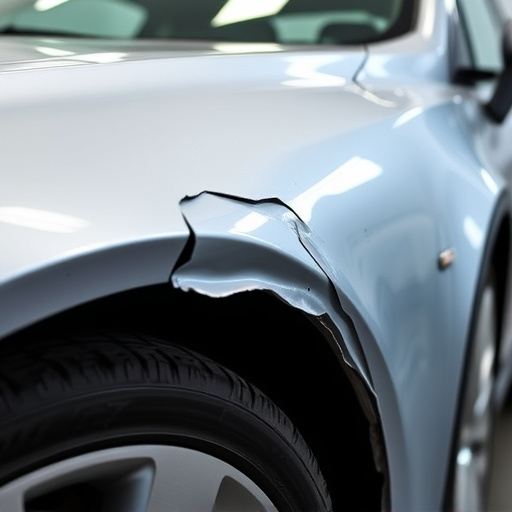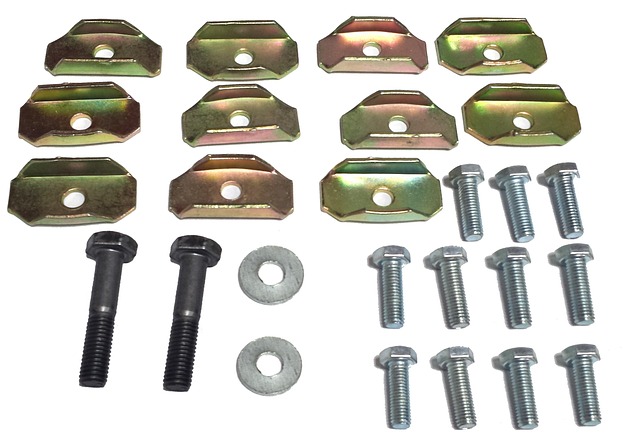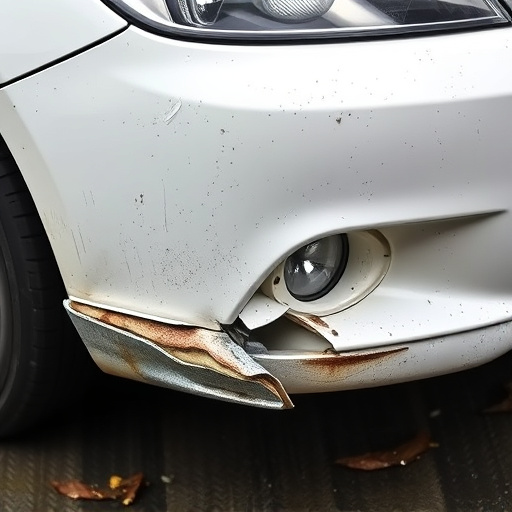Taillight repair/replacement requires thorough assessment of housing, wires, fuses, and control modules for damage. Visual inspection, functionality testing, and security checks are vital to ensure optimal lighting, safety, and legal compliance. Look for visible damage, misalignment, loose connections, and proper mounting during the process.
After replacing your vehicle’s taillights, ensuring proper electrical functionality is crucial for safety. This guide walks you through the process of detecting potential issues in newly installed taillights. We’ll cover understanding basic electrical systems, conducting visual and performance checks, and identifying common problems. By following these steps, you can rest assured that your taillights function optimally and safely on the road. Learn how to perform a thorough taillight repair replacement today.
- Understanding Basic Electrical Functions in Taillights
- Post-Replacement Checks: Visual and Performance
- Common Issues to Look Out for During Testing
Understanding Basic Electrical Functions in Taillights
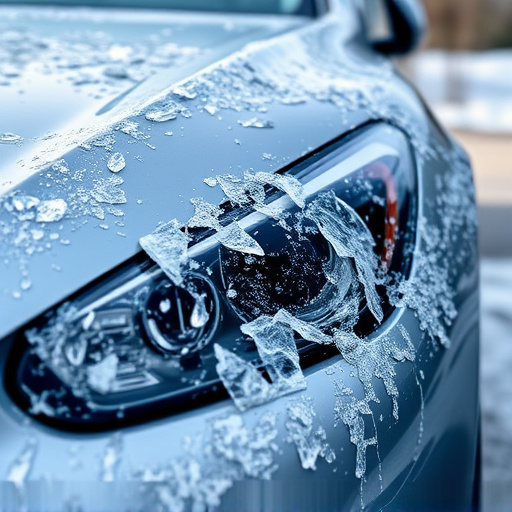
Taillights are an essential component of a vehicle’s lighting system, serving both safety and aesthetic purposes. Understanding their basic electrical functions is crucial for anyone considering a taillight repair or replacement. The system involves a complex interplay of components: the taillight housing, which houses the light source; wires that transmit electricity from the vehicle’s battery; a fuse or relay to protect against power surges; and a control module that manages lighting patterns and intensity.
When performing a taillight replacement, it’s important to ensure all these parts are in good working order. Issues can arise if there’s damage to the housing, a loose connection, or a faulty fuse. Even minor problems like corroded terminals or damaged wires can affect the performance of your taillights. That’s why, beyond checking for visible damage during auto glass repair or vehicle paint repair processes, it’s vital to inspect the electrical connections and components to guarantee proper functionality, safety, and compliance with local driving regulations. Remember, well-maintained taillights not only ensure visibility on the road but also contribute to your overall automotive repair services experience.
Post-Replacement Checks: Visual and Performance
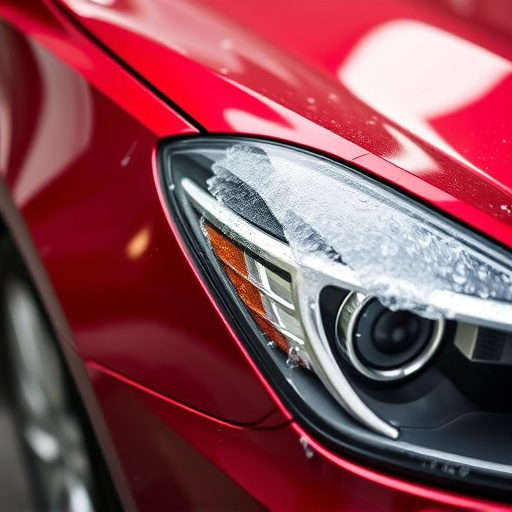
After replacing your taillights, conducting thorough post-replacement checks is vital to ensure they function optimally and safely. Begin with a visual inspection to identify any signs of damage or misalignment. Ensure the taillights are properly mounted, all bolts are tightened, and there are no visible cracks or defects. Check for proper lighting by switching on the tail lights and verifying their brightness and clarity. Inspect the connections at the bulbs and wiring harness for secure and clean joints.
Additionally, assess the performance of the new taillights. Test each light independently to confirm they illuminate evenly and consistently. Verify that the turn signals operate smoothly with no flickering or delays. It’s also essential to check if the taillights are responding appropriately to various driving conditions, such as speed and angle adjustments, ensuring they remain visible from all angles during different vehicle movements. Remember that even minor issues can impact safety, so these checks are crucial before hitting the road after a taillight repair replacement.
Common Issues to Look Out for During Testing
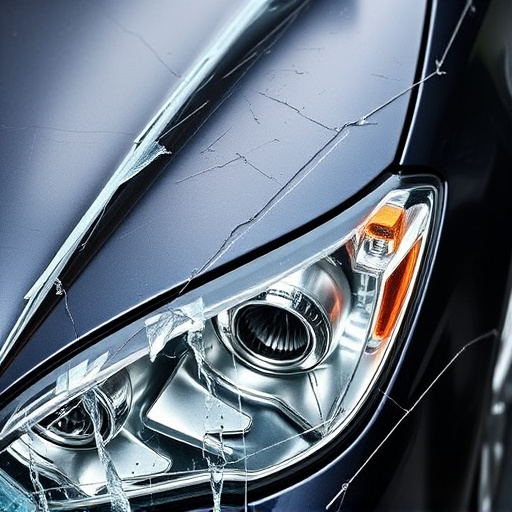
When testing newly replaced taillights, there are several common issues to look out for. One of the most apparent signs is any visible damage, such as cracks or chips in the light cover or lens. Even small imperfections can affect the light’s performance and safety. Another critical aspect to check is the proper alignment and positioning of the taillight within its housing. A misaligned light may not function correctly, leading to dimmed or inconsistent illumination.
Additionally, pay close attention to any signs of loose connections at the taillight’s wiring harness. Over time, these connections can become corroded or dislodged, causing intermittent lighting issues. It’s also essential to verify that all bulbs are working and properly seated in their sockets. Bulbs that are loose or burned out can result in a malfunctioning taillight, which could lead to hazardous driving conditions, especially during low-light or night-time driving. These checks are vital components of any thorough taillight repair replacement process, ensuring both the safety and legal compliance of your vehicle.
When undertaking a taillight repair or replacement, it’s crucial to perform thorough checks both visually and functionally. By understanding basic electrical functions and common issues, you can effectively detect and address problems, ensuring your vehicle’s tailights operate safely and efficiently. Regular maintenance and keen observation during the replacement process are key to preventing future electrical glitches.
